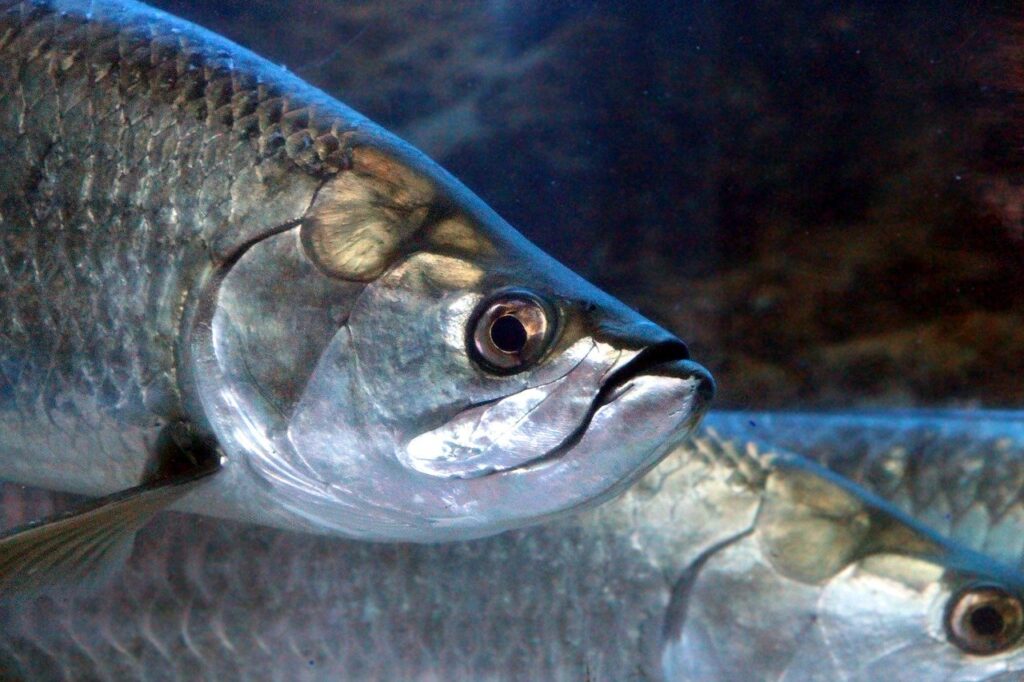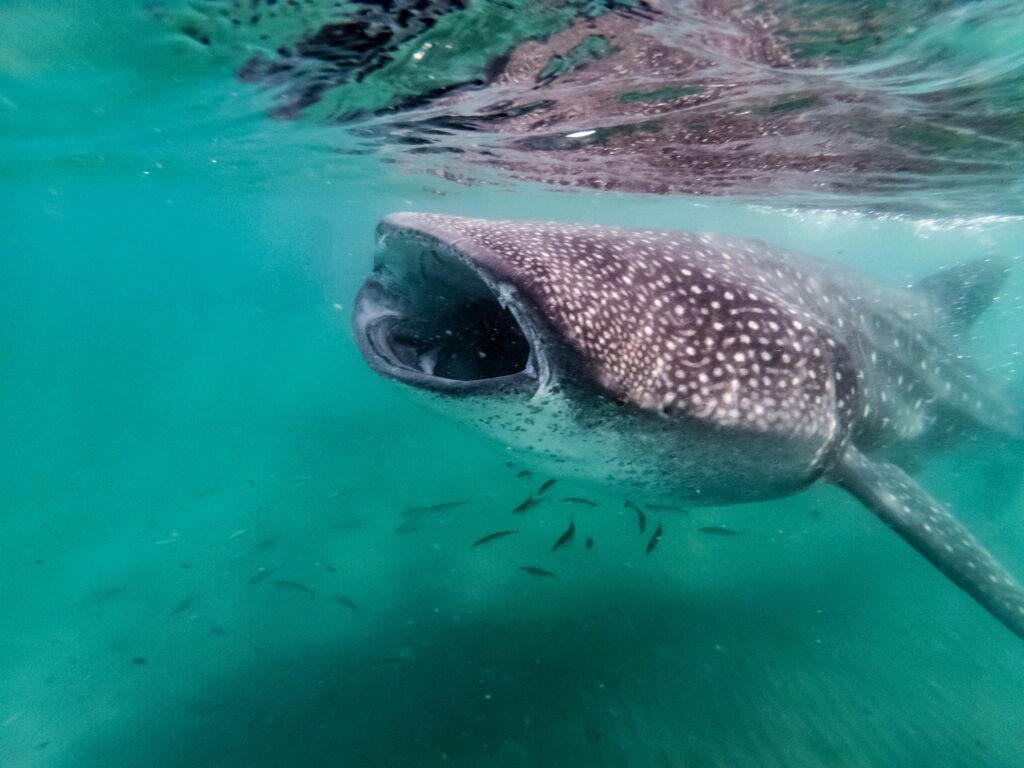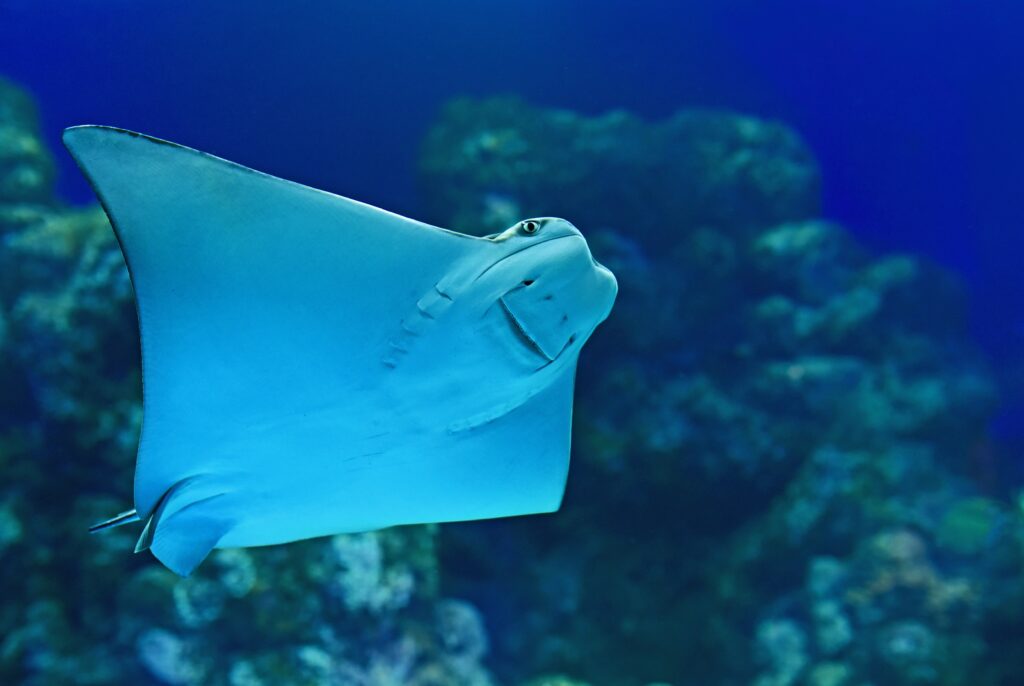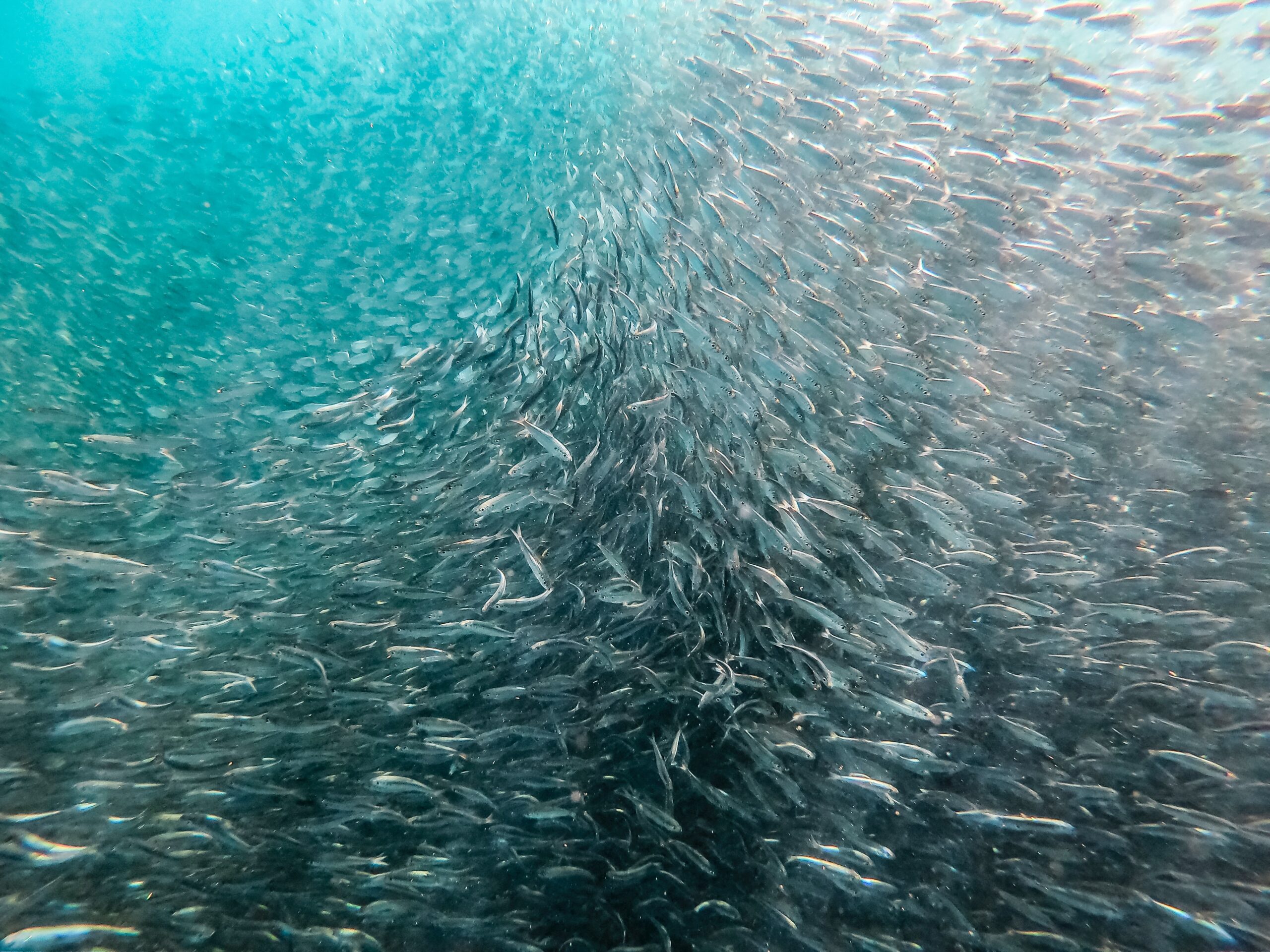Part 2: Mouth Position
This is a series about fish anatomy. Fish have amazing physical adaptations to survive underwater. Here, we explore just one of those adaptations – the mouth position.
Fish faces capture our imaginations in a big way. You may not realize it, but fish can look terrifying, with rows of razor-sharp teeth, or look worried, with mouths too big for their faces. Little did you know, you can actually learn a lot about a fishes’ life by looking at its mouth.
Mouth position gives us information about how a fish eats. Most fish are able to project their jaws outwards in the direction their mouth faces, providing extra ability to capture prey. The direction their jaws project tells you where they are looking for their food.
Superior

If a fish has a superior mouth, their mouth points upwards. Think of their lower jaw pushing towards the front of the fish as they open their mouth, the opening facing up towards the top of their head. Usually, upturned eyes accompany a superior mouth.
These adaptations work together. This type of fish scans for prey above it and surprises their prey from below! Many of these fish live in deep waters, on the ocean floor, or in small burrows, using any available cover, or the shadowy water below, to ambush their prey.
Terminal/Subterminal

A fish with a terminal or subterminal mouth has its mouth on front-most tip of their face, or just below that point. This is the most common type of mouth position in the ocean.
This is an all-around mouth position. There are a variety of diets adapted for terminal or subterminal mouths. You might find fish with this mouth filter-feeding plankton in the open ocean, or chasing down prey. If you picture a fish, it probably has this mouth position.
Inferior

A fish with an inferior mouth has its mouth on the underside of the head. These fish are specially adapted for life on the sea floor.
Fish with inferior mouths swim close to the seafloor, sucking up algae, mollusks, worms, or smaller fish below them. Oftentimes, fish with inferior mouths live on or near areas with a lot of structures, like coral reefs, sandbars, or seamounts, as these habitats are rife with prey items attached to those surfaces.
Wherever there are animals or algae attached to a surface, you will find fish with inferior mouths.
That’s it for this section of Somefin Fishy!
To start from the beginning of the anatomy guide, click here.
For more fishy facts, read more of my posts here.


One thought on “Somefin Fishy: A Fish Anatomy Guide”
Comments are closed.